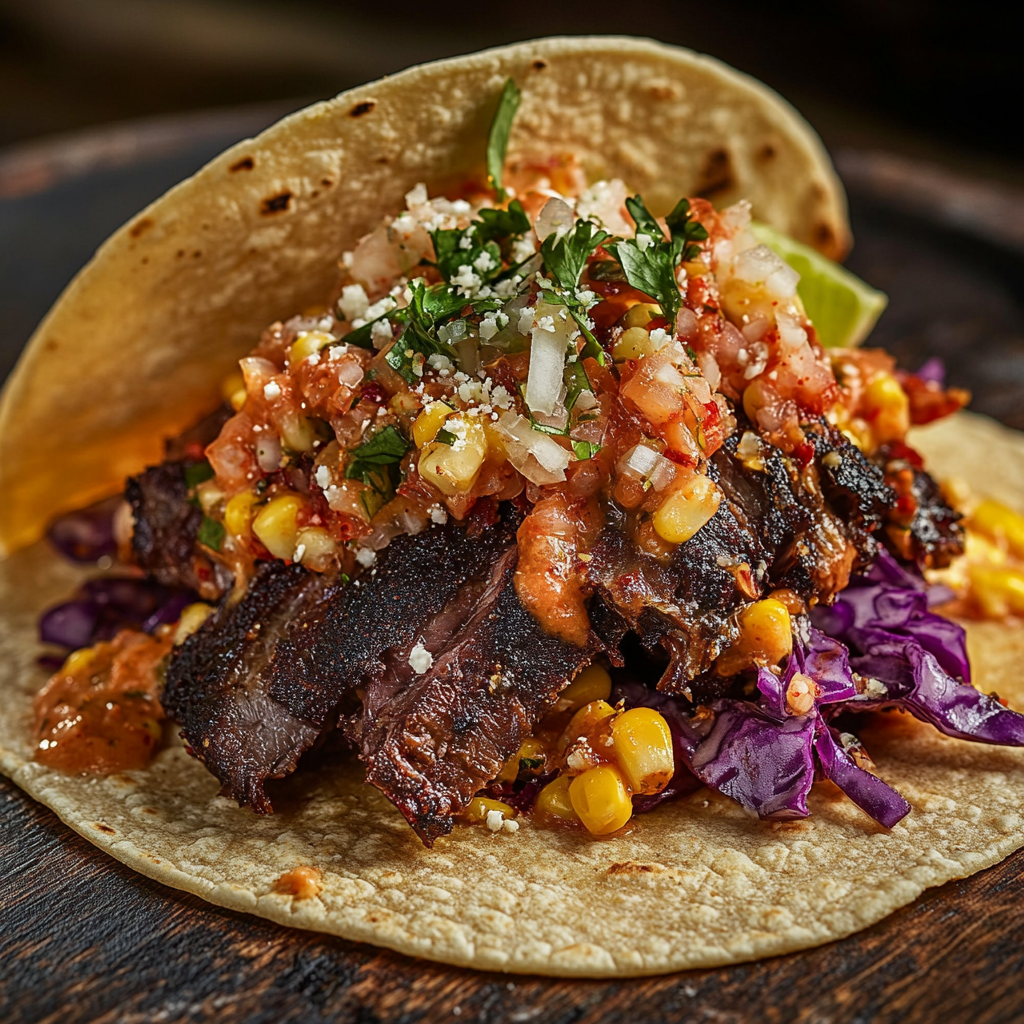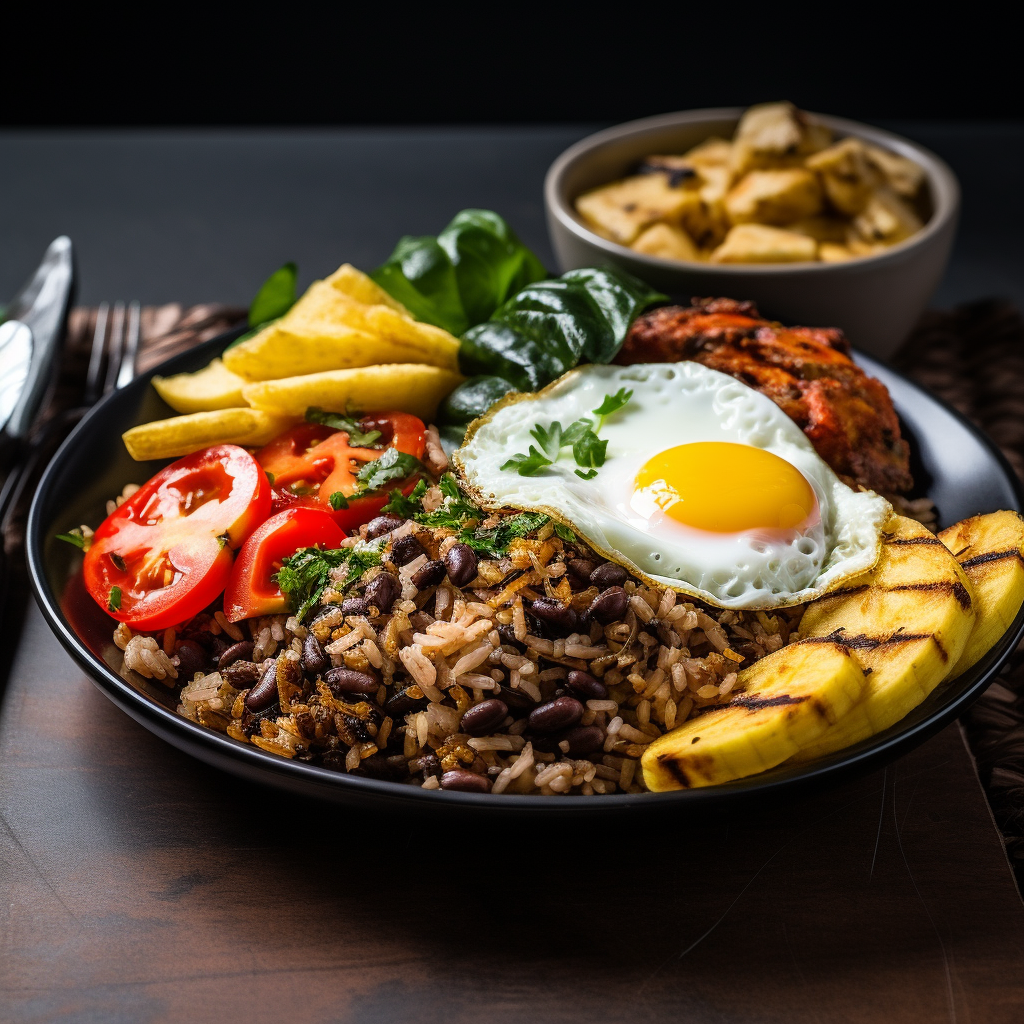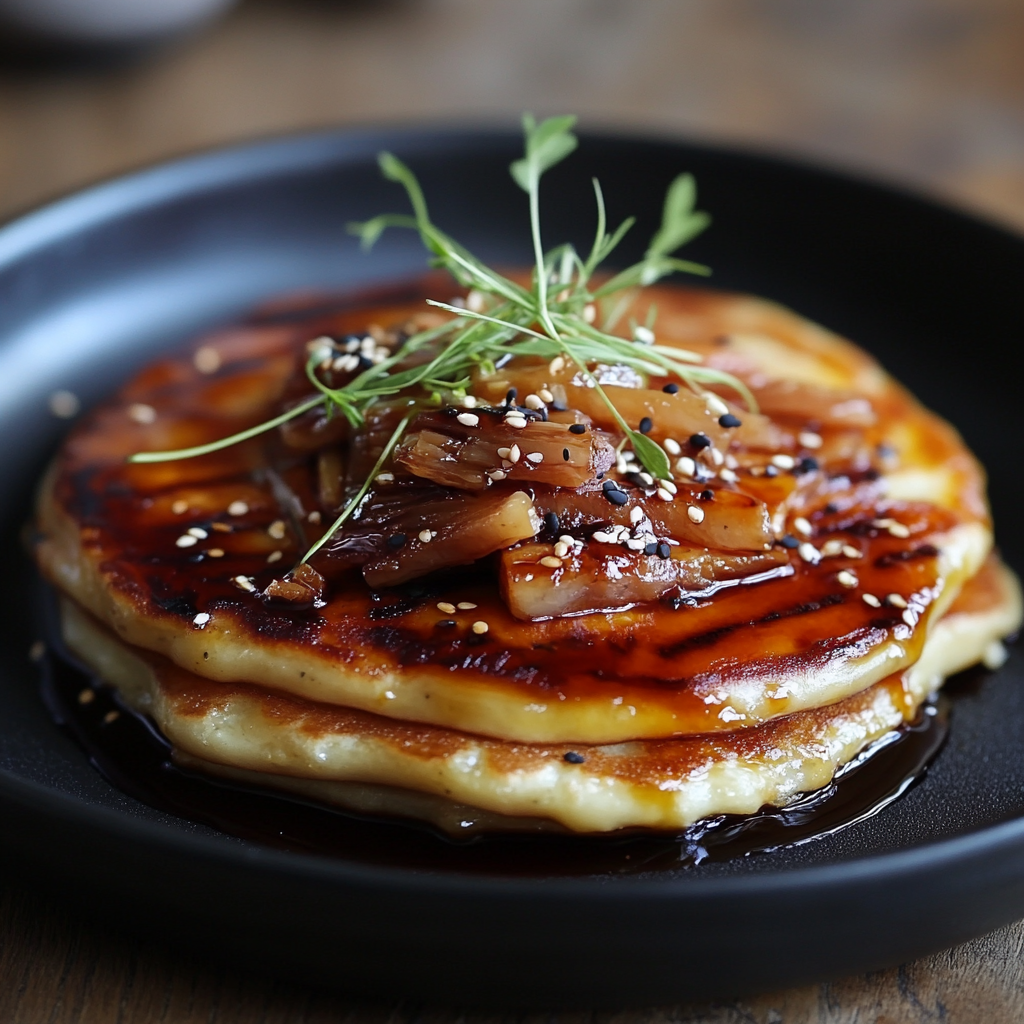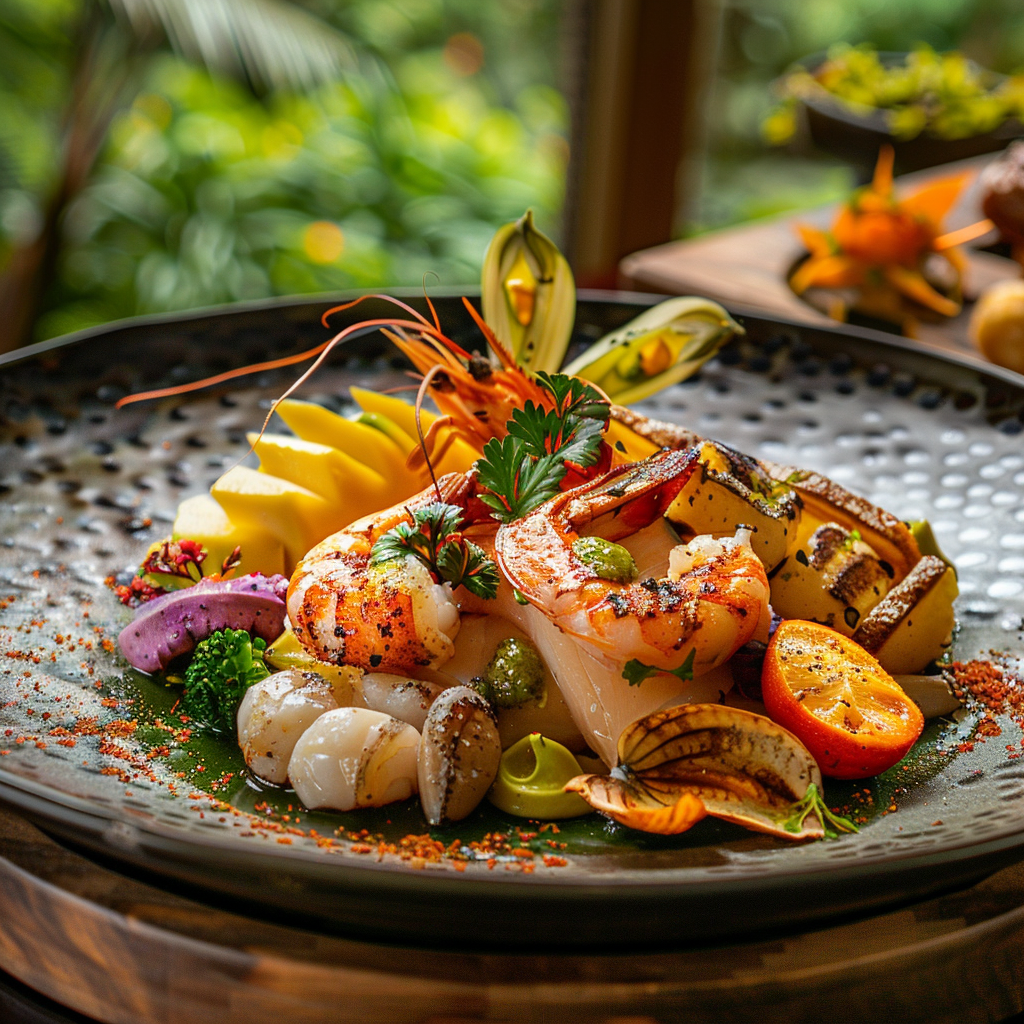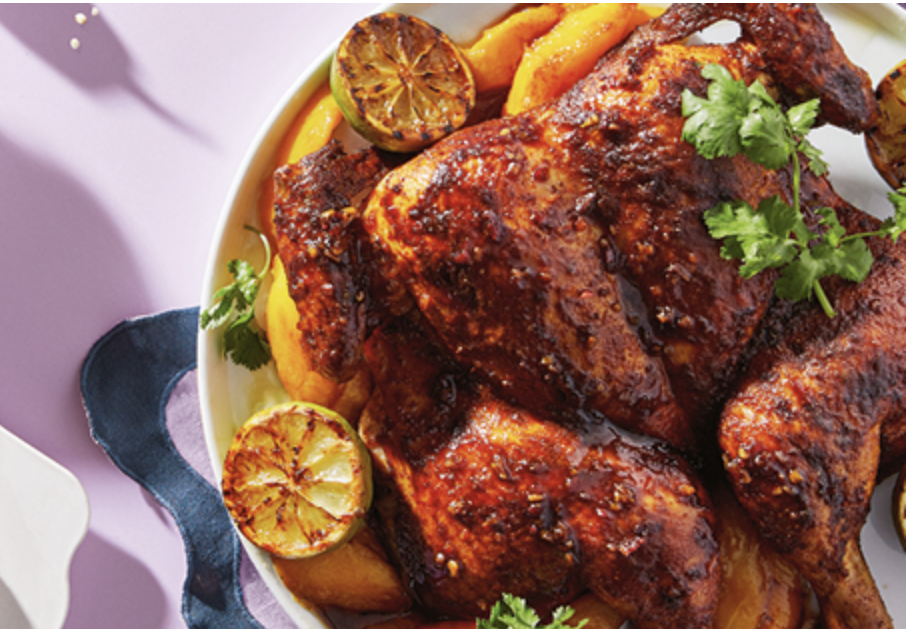Linguistic Origins and Historical Footprint
The term "patacón" is believed to derive from the Spanish word "patacón," a type of coin used in colonial times, possibly due to the flat, round shape of the fried plantain slices. The name itself hints at the dish's deep historical roots. Early colonial writings and travel diaries often mention patacones, highlighting their presence in the diets of indigenous and African populations. This historical context offers a rich backdrop for understanding the dish beyond its culinary appeal.
Unique Preparation Techniques
In some regions, the preparation of patacones involves a unique double-frying method. After the first fry, the plantains are soaked in salted or garlic-infused water before being flattened and fried again. This method enhances the flavor and crispiness, setting these patacones apart from more commonly prepared versions. Exploring these variations adds a layer of intrigue to an already beloved snack.
Patacones in High-End Cuisine
While traditionally a humble dish, patacones have made their way into high-end cuisine. Chefs are now using them as a base for gourmet toppings such as ceviche, foie gras, and even truffle oil. This creative fusion of traditional and modern culinary practices showcases the versatility of patacones and their potential to surprise and delight even the most discerning palates.
Medicinal and Nutritional Insights
Plantains, the primary ingredient in patacones, are rich in vitamins and minerals. They are a good source of vitamins A, C, and B6, and minerals such as potassium and magnesium. These nutrients contribute to several health benefits:
- Vitamin A: Supports vision and immune function.
- Vitamin C: Acts as an antioxidant and supports skin health.
- Vitamin B6: Aids in brain development and function.
- Potassium: Helps regulate blood pressure and supports heart health.
- Magnesium: Essential for muscle and nerve function, as well as bone health.
In traditional medicine, plantains are believed to aid digestion, provide energy, and support immune function. Although these health benefits are more cultural beliefs than scientifically proven facts, they add an interesting dimension to the appreciation of patacones as not just a tasty treat but also a potentially health-boosting snack.
Regional and Creative Variations
Costa Rica and other countries have their unique twists on patacones. In Costa Rica, patacones are often enjoyed with chimichurri or gallo pinto, while in Colombia, they might be topped with hogao (a tomato and onion sauce). In Panama, a popular variation includes patacones topped with shrimp in a spicy sauce. These regional variations highlight the dish's adaptability and the rich culinary traditions of each area.
Environmental and Agricultural Impact
The cultivation of plantains is crucial for many rural communities in Central America. Plantains are typically grown in mixed agricultural systems that promote biodiversity and reduce the need for chemical inputs. This method supports sustainable farming practices by:
- Preserving Soil Health: Rotating plantains with other crops helps maintain soil fertility and reduces erosion.
- Supporting Biodiversity: Growing plantains alongside other crops fosters a diverse ecosystem that can better resist pests and diseases.
- Reducing Chemical Use: Traditional farming methods often rely less on synthetic fertilizers and pesticides, promoting a healthier environment.
By enjoying patacones, you are indirectly supporting sustainable farming practices and the preservation of traditional agricultural methods. This connection to sustainability makes patacones not only delicious but also ethically appealing.
Celebrations and Festivals
Patacones are celebrated in local food festivals and competitions, where chefs and home cooks vie to create the most innovative patacones. These events celebrate the dish's versatility and cultural heritage, fostering community spirit and culinary creativity. The festive atmosphere surrounding patacones adds to their cultural richness and appeal.
Gourmet Patacones Recipe
Ingredients:
- 3 green plantains
- Vegetable oil for frying
- Sea salt
- 4 cloves garlic, minced
- 1 cup water
- 1 ripe avocado, diced
- 1 small red onion, finely chopped
- 1 small tomato, diced
- 1 lime, juiced
- Fresh cilantro, chopped
- Optional: Truffle oil, Ceviche, Foie gras, or high-quality toppings of choice
Instructions:
- Prepare the Plantains:
- Peel the green plantains and slice them into 1-inch thick rounds.
- First Fry:
- Heat the vegetable oil in a deep pan over medium-high heat.
- Fry the plantain slices in batches until they are golden but not too brown, about 3-4 minutes.
- Remove the plantains and drain them on paper towels.
- Flatten the Plantains:
- Using the bottom of a flat glass or a tostonera (a wooden or metal press), flatten each plantain slice to about half its original thickness.
- Garlic Water Soak:
- In a bowl, combine the minced garlic with 1 cup of water.
- Briefly soak the flattened plantains in the garlic water for about 1 minute.
- Remove and pat dry with paper towels.
- Second Fry:
- Return the plantain slices to the hot oil and fry again until they are crisp and golden brown, about 3-4 minutes.
- Remove and drain on paper towels. Sprinkle with sea salt while still hot.
- Prepare the Toppings:
- In a bowl, mix the diced avocado, red onion, tomato, lime juice, and cilantro. Season with salt to taste.
- For a gourmet touch, consider adding truffle oil, ceviche, or foie gras as toppings.
- Assemble the Patacones:
- Arrange the patacones on a serving platter.
- Top each patacón with the avocado mixture or your chosen gourmet toppings.
- Serve immediately and enjoy your deliciously crispy, flavorful patacones.
Patacones are much more than a popular snack in Costa Rica and Central America. Their rich history, unique preparation methods, and role in high-end cuisine make them a fascinating subject for culinary exploration. Whether enjoyed in their traditional form or as part of an innovative gourmet dish, patacones offer a flavorful experience that is deeply intertwined with the region's cultural and agricultural heritage. Dive into the world of patacones and discover a dish that is as intriguing as it is delicious.
With love,
Mama Gringo

